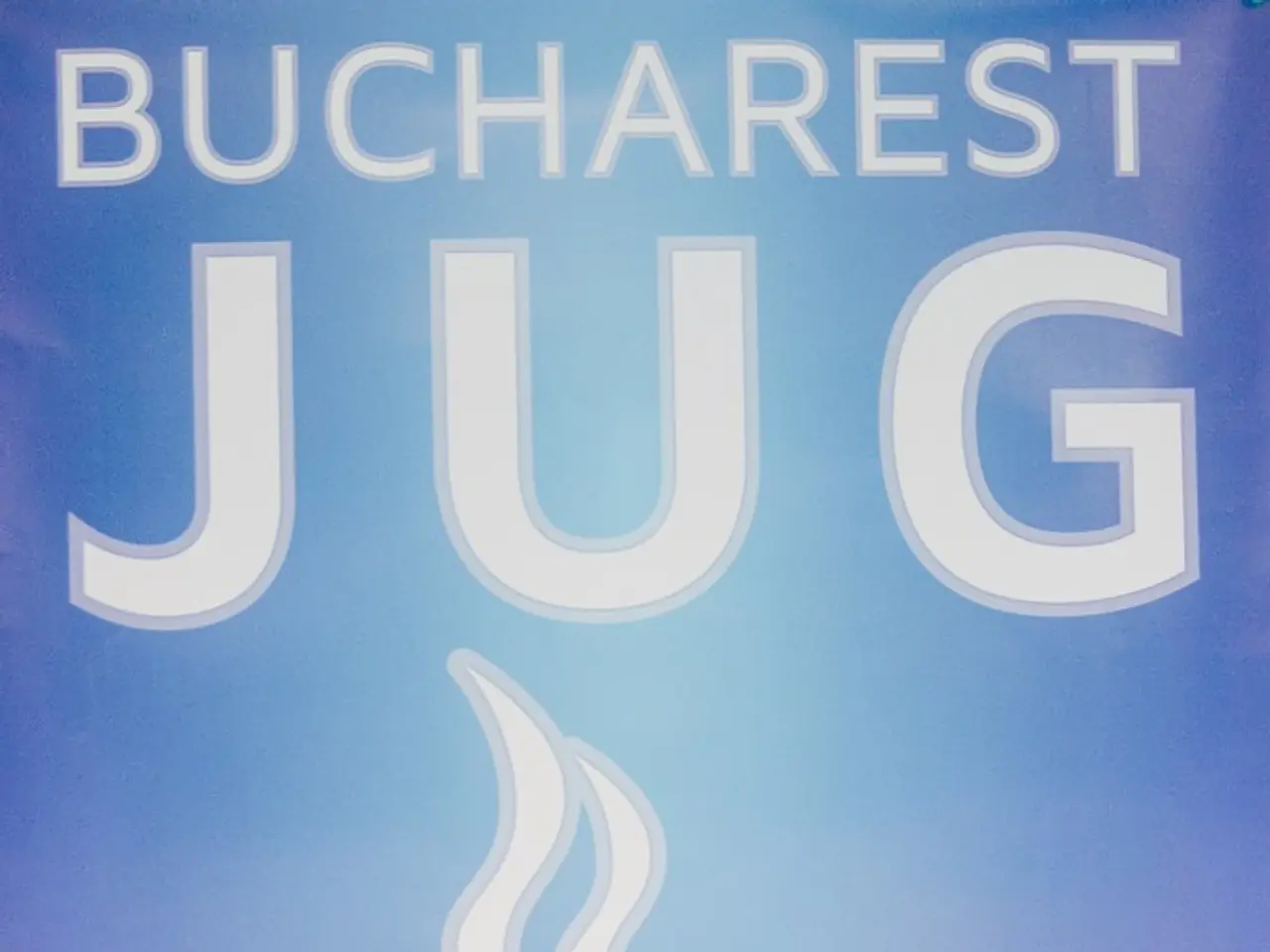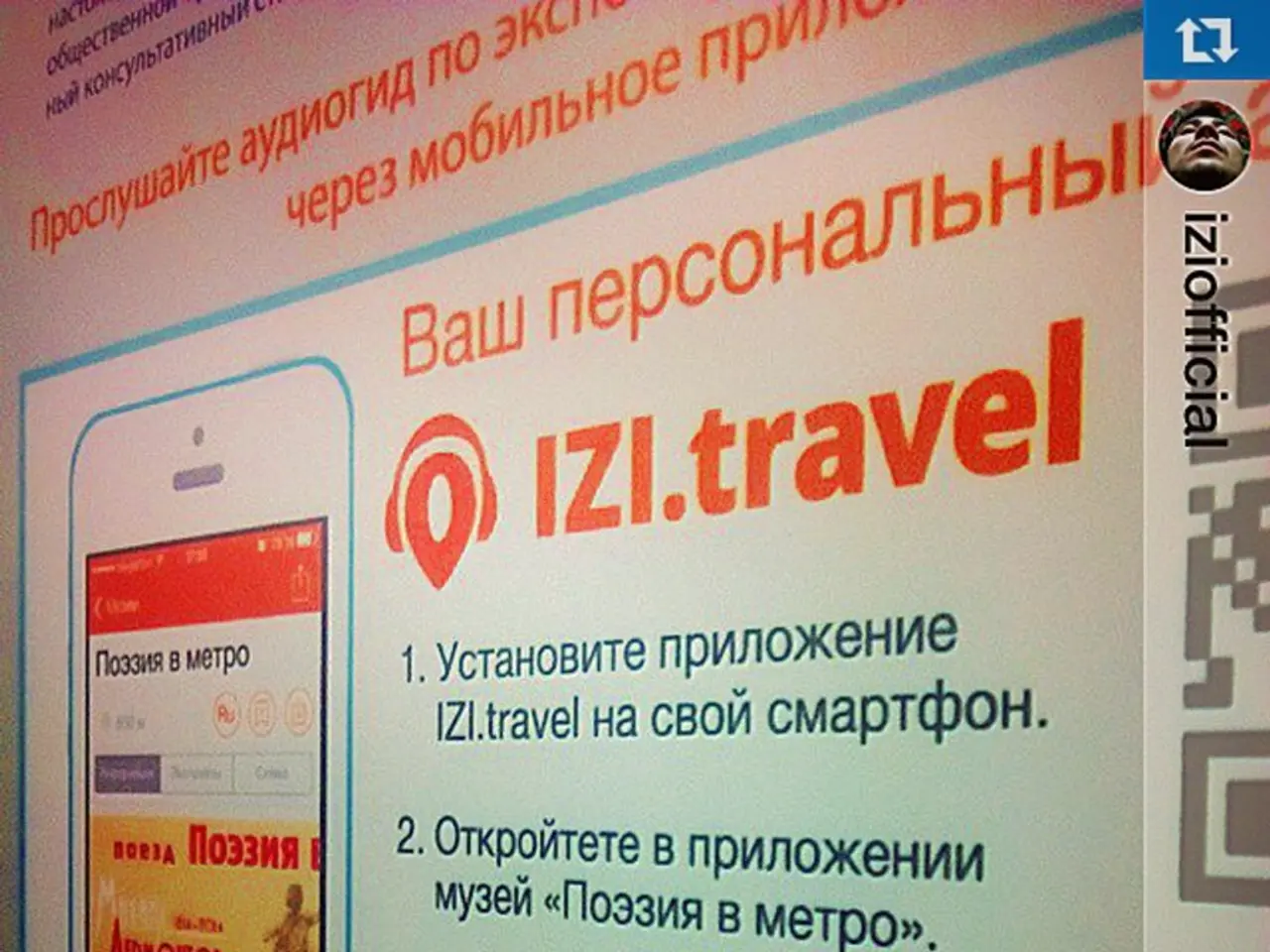Censorship Resistance Through Blockchain: Legend or Fact?
In the digital landscape, blockchain technology has emerged as a revolutionary force, promising to deliver a censorship-resistant platform for transactions and data storage. However, the real world presents several challenges to this ideal, complicating blockchain's ability to remain entirely resistant to censorship.
### Key Challenges
One of the most pressing issues is regulatory sanctions and compliance. Governments, particularly the U.S. Office of Foreign Assets Control (OFAC), have targeted blockchain addresses linked to illicit activities or sanctioned entities, such as those associated with North Korean hacking groups. This enforcement pressure forces network participants, including miners, validators, and service providers, to comply by blocking or refusing certain transactions, creating multi-level censorship vectors that dilute the censorship resistance inherent in blockchain networks.
Another challenge arises from the tension between pseudonymity and accountability. While blockchain pseudonymity protects user privacy and guards against authoritarian censorship, it also enables illicit uses such as money laundering and trafficking. This raises ethical questions about maintaining anonymity without enabling wrongdoing, complicating censorship resistance from a governance and societal perspective.
Permissioned blockchains, often used by enterprises, expose vulnerabilities to Denial of Service (DoS) attacks and potential censorship through network disruptions or control by permissioning authorities. In contrast, fully public blockchains offer stronger resistance to censorship.
Governance centralization risks also threaten censorship resistance. In practice, influence often consolidates among a few developers, miners, or validators who could exercise gatekeeping or censor transactions, undermining the ideals of a decentralized network.
Lastly, the immutability of data recorded on blockchains challenges the "right to be forgotten" and complicates the removal of offensive or sensitive content without censorship intervention.
### How Blockchain Holds Up in Practice
Despite these challenges, blockchain networks provide significantly enhanced censorship resistance compared to centralized alternatives. Decentralization provides a strong baseline resistance, making manipulations and censorship by single entities difficult.
Sanctions and compliance are made possible through network participants, but practical censorship emerges indirectly through coordination among miners, service providers, and front-end applications. Emerging solutions integrate compliance with privacy, such as zk-SNARK-based projects, suggesting evolving approaches to reconcile censorship resistance with legal demands.
Permissionless blockchains are exploring robust identity verification that remains censorship-resistant at the protocol level, aiming to ensure secure and accountable participation while resisting authoritarian blocking attempts. However, scalability and practical adoption remain open questions.
### Summary
While blockchain's ideal censorship resistance stems from decentralization and pseudonymity, in practice it contends with multi-layered enforcement from regulators, concentrated influence among validators or developers, and technical vulnerabilities, which can dilute its resistance to censorship. Nevertheless, ongoing innovations seek to further strengthen this balance between privacy, compliance, and resistance to control.
To stay on the right side of digital freedom, users should pick their platforms carefully, use self-custody wallets, explore privacy tools, verify platforms, and be cautious of blind trust. Understanding the tools and using them wisely can help protect digital freedom. Censorship resistance in blockchain is a spectrum, not a binary. Real-world challenges remain, such as governments blocking access and validators excluding transactions. Navigating these challenges requires a nuanced approach and a commitment to digital rights.
- The U.S. Office of Foreign Assets Control (OFAC) and similar regulatory bodies pose a challenge for blockchain as they target blockchain addresses linked to illicit activities, forcing network participants to comply by blocking certain transactions, thus creating multi-level censorship vectors.
- Pseudonymity, a key feature of blockchain, raises ethical questions because while it protects user privacy and resists authoritarian censorship, it also enables activities such as money laundering and trafficking.
- Permissioned blockchains, used by enterprises, are vulnerable to Denial of Service (DoS) attacks, network disruptions, and potential censorship through control by permissioning authorities, becoming less resistant to censorship compared to fully public blockchains.




